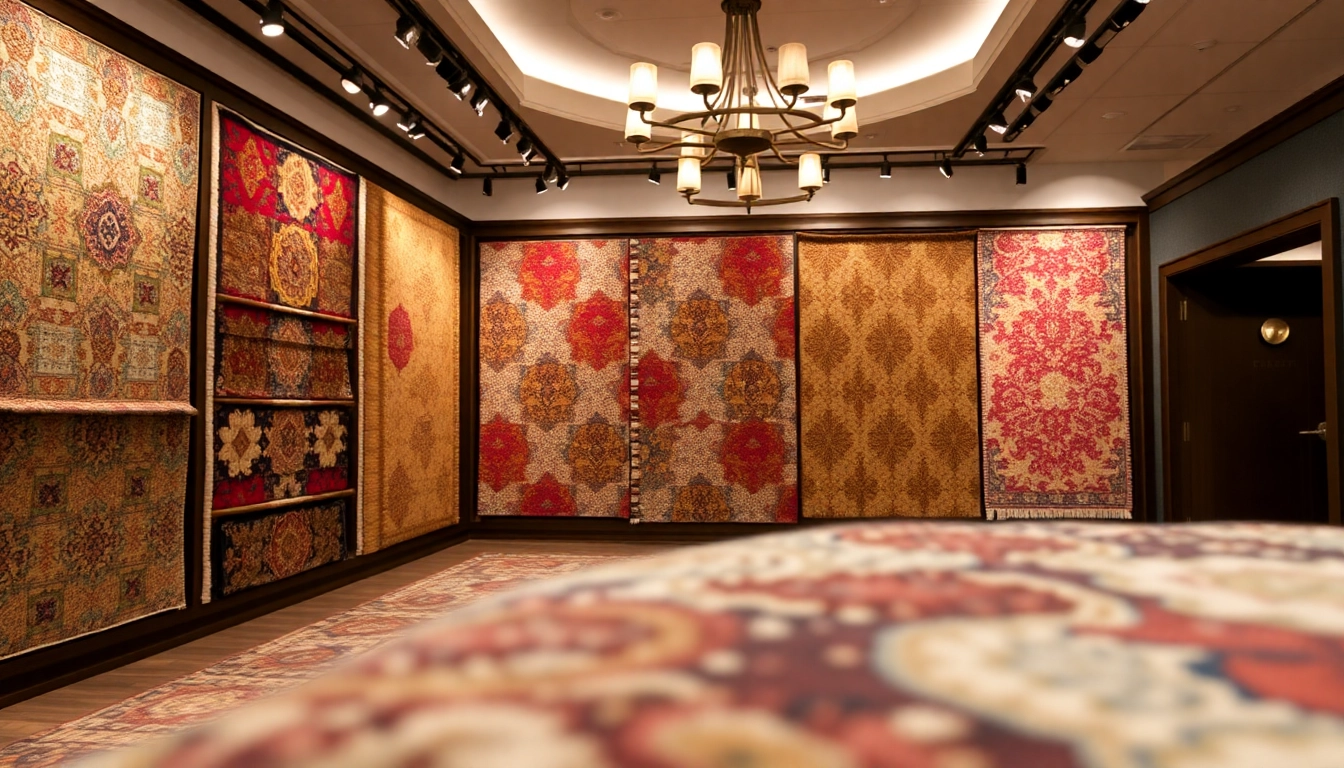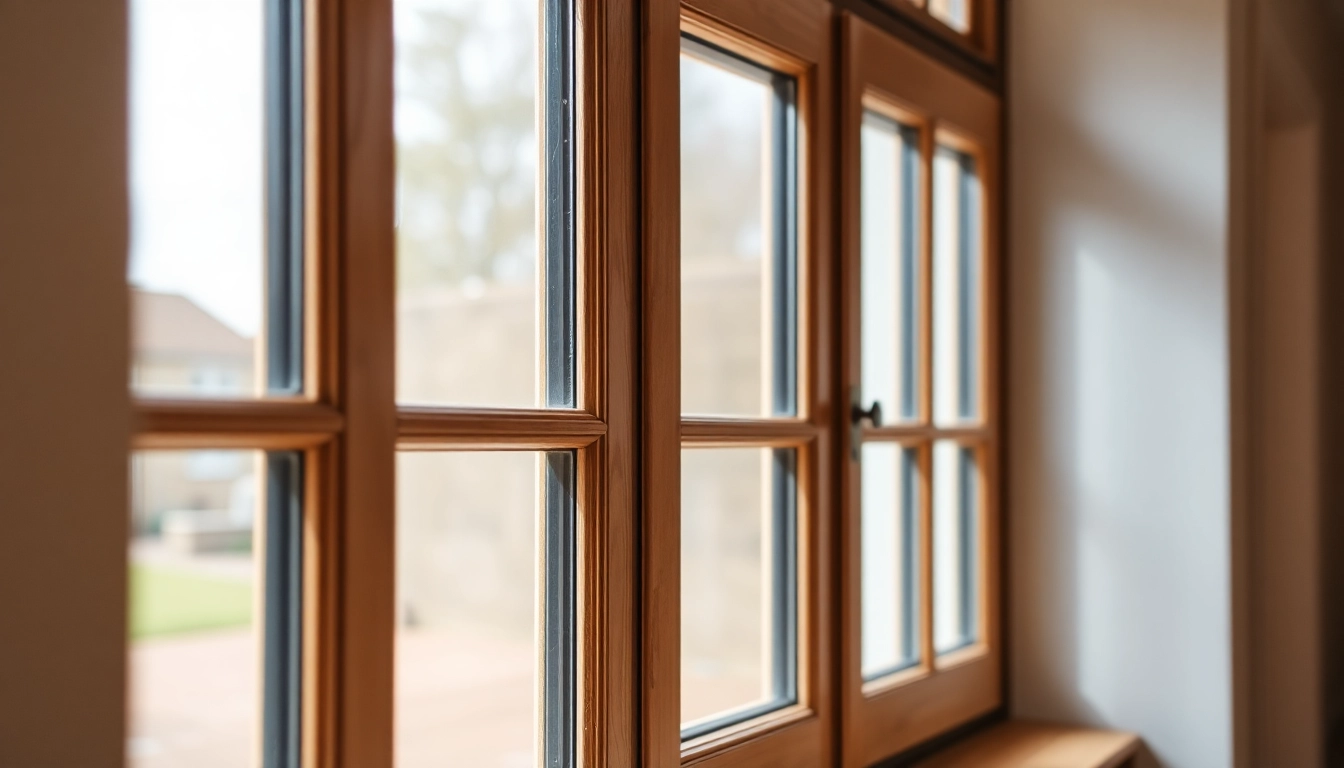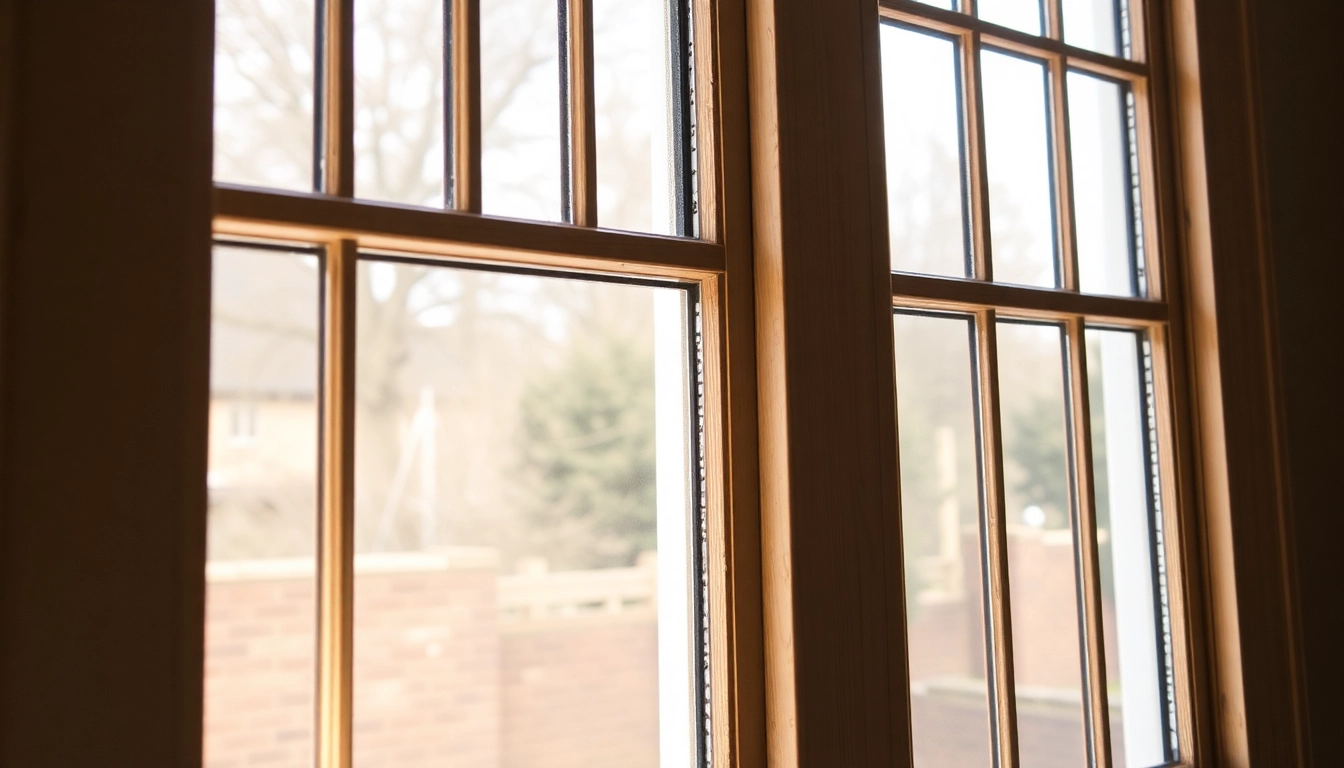Understanding the Types of Tappeti a Milano and Their Unique Features
Traditional Persian and Oriental Carpets
Milano has long been a hub for prestigious and timeless Tappeti a Milano, especially those rooted in rich Persian and Oriental traditions. These carpets are renowned for their intricate craftsmanship, detailed motifs, and historical significance. Persian carpets, including varieties like Tabriz, Nain, and Tabriz, are celebrated worldwide for their dense knots, luxurious wool or silk fibers, and stunning patterns. Oriental carpets from regions such as Caucasus, Berber, and Chinese origins add a diverse array of cultural influences, showcasing notable weaving techniques and motifs that tell stories of ancient civilizations.
Typically, these carpets are handcrafted through time-honored processes, often involving traditional dyeing techniques with natural ingredients that result in vibrant yet enduring colors. The craftsmanship often involves master artisans meticulously knotting each loop by hand, making each piece unique and valuable. These carpets are not merely floor coverings but are considered artistic expressions and investments, often appreciating in value over time. Their durability, artistic richness, and cultural depth make Persian and Oriental carpets staples in luxurious Milanese interiors.
Modern and Geometric Designs in Tappeti a Milano
In contrast to traditional styles, Milan’s contemporary interior design landscape has embraced modern and geometric tappeti, aligning with the city’s reputation as a fashion and design capital. These rugs feature bold lines, abstract shapes, and minimalistic patterns that complement sleek aesthetics and innovative layouts. They are often made from a mix of natural and synthetic fibers, offering a balance of style and practicality.
Designers and homeowners in Milan frequently choose modern tappeti to create focal points or to add a splash of color in neutral spaces. Geometric motifs such as chevrons, stripes, and tessellations are versatile, fitting both residential and commercial environments like art galleries, offices, or boutique hotels. These rugs can be crafted using machine-made techniques to ensure cost-efficiency without compromising aesthetic appeal, although high-end versions still feature hand-knotted craftsmanship for a premium feel.
What makes modern design tappeti stand out is their flexibility—they can range from abstract splashes of color to monochrome patterns that emphasize simplicity and elegance. Their adaptability allows them to serve various stylistic purposes, from accent pieces to defining elements in open concept spaces.
Vintage and Handcrafted Kilims in Milan
Another notable segment of Tappeti a Milano is vintage and handcrafted Kilims. Originating from regions like Turkey, the Balkans, and North Africa, Kilims are flat-woven rugs characterized by their geometric patterns and vibrant colors. Their association with tribal traditions and their distinctive weaving techniques make them highly sought after by collectors and interior decorators aiming for an eclectic or bohemian aesthetic.
Many Kilims are vintage pieces, often passed down as family heirlooms or acquired from specialized artisans and shops in Milan. Their flat-woven nature makes them lightweight and versatile, suitable for wall hangings or casual use on floors. The handcrafted aspect ensures each piece is unique, with visible craftsmanship and a raw, authentic appeal that enhances rustic or artisanal interior themes.
Restoration and preservation of vintage Kilims are essential to maintain their value and appearance, and several Milanese artisans provide expert services to clean, restore, or even reweave damaged sections. Integrating Kilims into modern spaces can create a striking contrast that emphasizes craftsmanship and cultural storytelling.
How to Choose the Perfect Tappeto a Milano for Your Interior
Assessing Room Size and Style Compatibility
Selecting the right tappeto begins with understanding the dimensions of your space. Large, bold carpets can anchor a living room or dining area, whereas smaller rugs are ideal for accenting entryways or under a coffee table. Measure your room accurately, considering furniture placement, to avoid overpowering or underwhelming the space.
Style compatibility involves aligning the rug’s design with your overall interior theme. For traditional interiors, Persian or Oriental carpets add elegance. Modern settings benefit from sleek geometric rugs, and vintage Kilims introduce a textured, colorful motif. Ensuring the rug’s style complements furniture, wall colors, and accessories results in a cohesive look.
Pro tip: Use the “yin-yang” principle—pair intricate patterns with simpler surroundings and vice versa—for visual balance.
Materials, Durability, and Maintenance Tips
The choice of material influences the rug’s longevity and care requirements. Wool is prized for its resilience, softness, and natural stain resistance. Silk offers a luxurious sheen suitable for low-traffic areas. Synthetic fibers like nylon or polyester provide durability at a lower cost, ideal for high-traffic environments.
To maintain your tappeto’s beauty, regular vacuuming, prompt stain removal, and periodic professional cleaning are essential. For traditional and vintage rugs, avoid excessive moisture to prevent fiber damage. Kilims and modern rugs also benefit from rotational use to prevent uneven wear.
Best practice: Schedule professional cleaning at least once every 1-2 years, especially for high-end pieces, to preserve their colors and structural integrity.
Color Coordination and Pattern Selection Strategies
Color harmony in your room enhances aesthetic appeal. Neutral-colored carpets blend with subdued palettes, while vibrant rugs energize the space. Use the color wheel to match or complement existing hues—analogous schemes create harmony, while contrasting colors add visual interest.
Pattern selection depends on existing décor. If your furniture and walls feature busy patterns, opt for simpler, solid-colored carpets. Conversely, minimalist spaces can be enlivened with patterned rugs featuring bold motifs.
Expert advice: Incorporate your rug’s colors into smaller accessories like cushions or curtains for a cohesive and sophisticated look.
Where to Find the Best Tappeti a Milano: Top Shops and Outlets
Reputable Showrooms and Artisans in Milan
Milano hosts an array of distinguished showrooms and artisan shops offering authentic, high-quality Tappeti a Milano. Artorient Milano’s showroom stands out with an extensive selection ranging from modern to traditional, including Persian, geometric, and vintage pieces. Established family businesses like Cohen Tappeti have been serving clientele since 1960, specializing in handcrafted carpets with competitive pricing and expert craftsmanship.
Local artisans often provide customized services, restoring or creating bespoke pieces tailored to individual tastes and space requirements. Visiting these showrooms allows you to appreciate the quality firsthand and receive personalized guidance from seasoned professionals.
Online Platforms Offering Authentic Tappeti a Milano
For convenience, several reputable online platforms present curated collections of Milanese tappeti, ensuring authenticity and quality. Platforms such as Tappeti.it or Artorient’s online catalog provide detailed descriptions, high-resolution images, and customer reviews to assist in making informed decisions. These sites also often include comprehensive care guides and shipping options directly to your home.
When purchasing online, prioritize vendors offering certification of authenticity, return policies, and after-sales services such as cleaning and restoration—critical for high-value pieces.
Services for Custom Tappeto Creation and Restoration
If you’re seeking a unique piece, Milan’s specialized artisans and boutiques offer custom weaving or reweaving services, blending traditional techniques with modern design. Restoration experts can repair and preserve vintage carpets, making them durable and beautiful for generations. Such services add value and preserve cultural heritage, ensuring your investment retains both functional and aesthetic appeal.
Enhancing Your Home with Tappeti a Milano: Styling Tips
Arranging Tappeti for Maximum Visual Impact
Proper placement maximizes the visual allure of your tappeti. In living rooms, position rugs under the front legs of furniture for definition. Large carpets that fill the entire room can make an expansive space cozy, while smaller rugs can delineate specific zones, such as around seating areas or beds.
Layering different textures and patterns, such as placing a vintage Kilim over a larger neutral rug, adds depth. Ensure that the rug size complements the furniture layout—ideally, all furniture in a seating group should sit on or just touch the edges of the rug.
Combining Traditional and Contemporary Styles
Fusion is key to creating a dynamic interior. Place a classic Persian rug with modern furniture for a striking contrast. Conversely, contemporary carpets with bold patterns can serve as focal points amidst minimalist décor. Balance is crucial—avoid clutter and ensure that the rug stands out without overwhelming the space.
Adding accessories like cushions or drapes that echo the rug’s colors ties the room together cohesively.
Care and Maintenance for Longevity
Regular maintenance extends the lifespan and preserves the beauty of your tappeti. Use non-slip underlay to prevent slipping and damage. Avoid placing heavy furniture directly on the carpet’s surface to prevent indentation. Address spills immediately with gentle cleaning techniques suitable for the specific fiber.
Annual professional cleaning, combined with routine care, ensures your handmade or high-end carpets remain vibrant and structurally sound for decades.
Investment and Value of High-Quality Tappeti a Milano
Estimating the Cost and Long-Term Worth
High-quality tappeti—especially vintage, handmade Persian, and designer pieces—represent significant investments. Prices can range from a few thousand to hundreds of thousands of euros depending on provenance, material, age, and craftsmanship.
Due to their craftsmanship and cultural significance, these carpets often appreciate over time, making them valuable assets. Proper documentation and maintenance further enhance their long-term value.
Preserving Tappeti a Milano as Heritage Pieces
Preservation involves careful handling, regular cleaning, and protection from environmental damage such as sunlight or moisture. Displaying carpets in safe, climate-controlled environments helps retain their colors and structural integrity. Insurance and appraisals are advisable for especially valuable pieces to protect your investment.
Sharing their story and heritage adds cultural value and personal significance, making them cherished heirlooms and conversation pieces.
Adding Elegance and Cultural Value to Your Home
A meticulously selected and cared-for Tappeti a Milano elevates your interior’s sophistication and cultural depth. It introduces tactile richness, visual interest, and a connection to centuries of artisanal tradition. Whether enhancing a formal living room or adding warmth to a bedroom, a high-quality carpet embodies both artistry and practical luxury.
By choosing the right piece and ensuring proper care, your tappeto becomes a timeless focal point and a testament to Milan’s heritage in design and craftsmanship.


